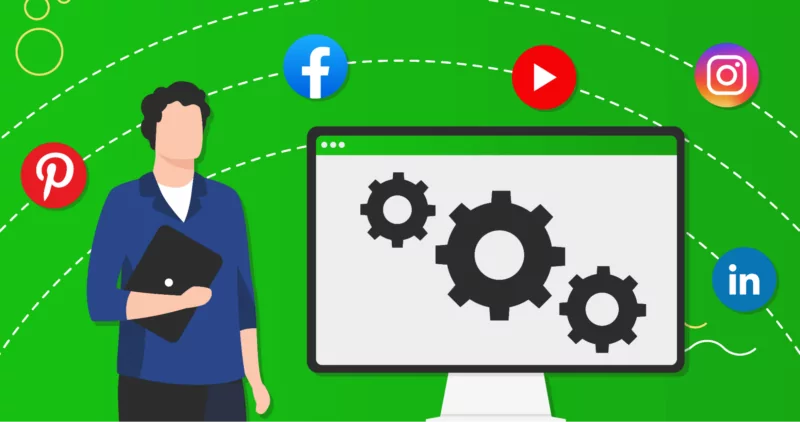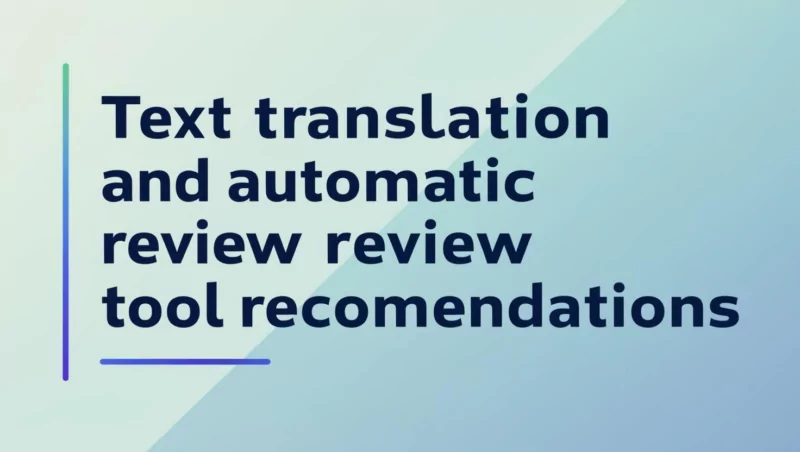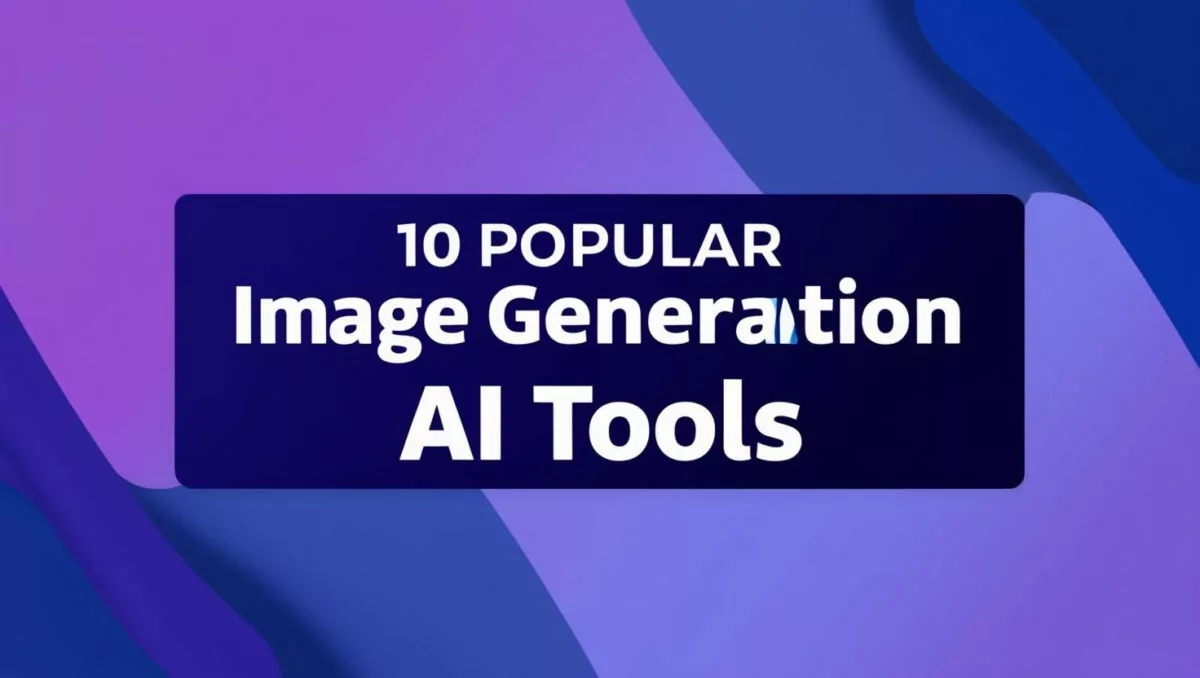
In the past decade, AI tools for image generation have experienced rapid development from simple image processing to high-quality, high-resolution image generation. This process is mainly due to breakthroughs in deep learning technology, especially the application of generative adversarial networks (GANs) and diffusion models. In the early stages (before 2014) , before the rise of deep learning, image generation mainly relied on traditional computer graphics and simple machine learning methods, and the generated images were of low quality and lacked diversity. The rise of generative adversarial networks (GANs) (2014-2018) , in 2014, Ian Goodfellow proposed generative adversarial networks (GANs), which completely changed the field of image generation. DeepDream launched by Google uses convolutional neural networks to generate dreamy images. Although it is mainly used for artistic creation, it demonstrates the potential of neural networks.
High-quality image generation (2018-2020) , with the improvement of GANs and the increase of hardware computing power, the quality and resolution of image generation have been significantly improved. StyleGAN launched by NVIDIA can generate high-resolution, high-quality images through style control and hierarchical generation. StyleGAN2 further improved the generation quality. This Person Does Not Exist (2019) , based on StyleGAN, generates realistic face images, demonstrating the ability of GANs in generating high-quality images.
Text-to-image generation (2020-2022) , with the development of multimodal learning, AI has begun to be able to generate images based on text descriptions. OpenAI’s CLIP model associates text and images through contrastive learning, providing strong support for text-to-image generation. DALL·E launched by OpenAI is based on GPT-3 and CLIP, and can generate high-quality images based on text prompts. Diffusion Models , diffusion models generate images through gradual denoising, gradually replacing GANs and becoming mainstream. MidJourney (2022) is based on diffusion models to generate artistic images, suitable for creative design.
In recent years, image generation technology has further developed towards high resolution, multimodal and real-time generation. Runway ML (2022) integrates multiple AI models to support multimodal tasks such as image generation and video editing. Stable Diffusion 2.0 (2022) is an open source text-to-image generation tool that supports high customization. In the future, with the development of multimodal generation and real-time generation technology, image generation AI tools will play an important role in more fields.
The following are the current mainstream image generation AI tools:
Midjourney
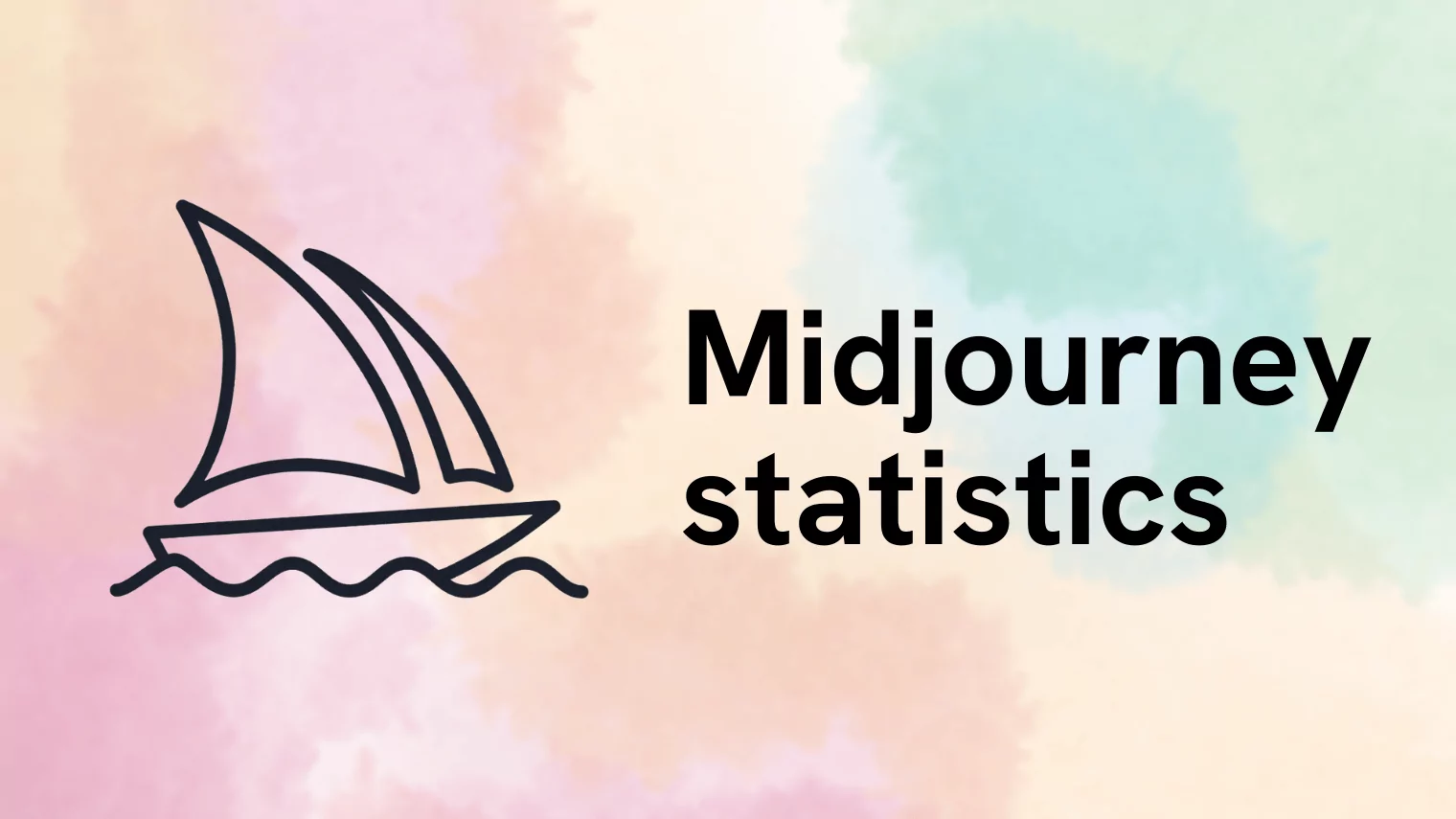
Midjourney was developed by Midjourney, Inc., founded in 2021 and headquartered in San Francisco, USA. The company is led by David Holz (former founder of Leap Motion) and focuses on exploring the combination of art and creativity through AI. The tool runs through the Discord platform and has received widespread attention for its high-quality artistic images.
Features and main functions
- Strong artistry: Good at generating images in styles such as oil painting and cyberpunk, with rich details.
- Multi-version model: supports V5, V6 and other versions, and continuously improves image quality.
- Parametric control: support for adjusting aspect ratio (–ar), model version (–v), etc.
- Community driven: providing user communication and inspiration sharing through Discord.
cost
- Free Trial: New users can generate approximately 25 images.
- Subscription plans: Basic version $10/month (200 fast builds), Standard version $30/month (15 hours of fast builds, unlimited slow builds).
Basic tutorial: How to operate
- Visit midjourney.com and click “Join the Beta” to join the Discord server.
- Go to the #newbies channel on Discord and type /imagine prompt: A serene forest at sunrise, watercolor style.
- Wait about 30 seconds to generate 4 initial images. Use U1-U4 to enlarge, or V1-V4 to generate variants.
- Right click on the enlarged image and select “Save Image” to save.
Suitable for crowd analysis
- Best for: Artists, designers
- Artistic output is suitable for creative professionals who need high-quality visual materials.
- Suitable for: Creative lovers
- Users familiar with Discord can quickly get started.
- Not suitable for: Technical beginners
- Discord operation and parameter settings have a certain learning threshold.
DALL·E 3
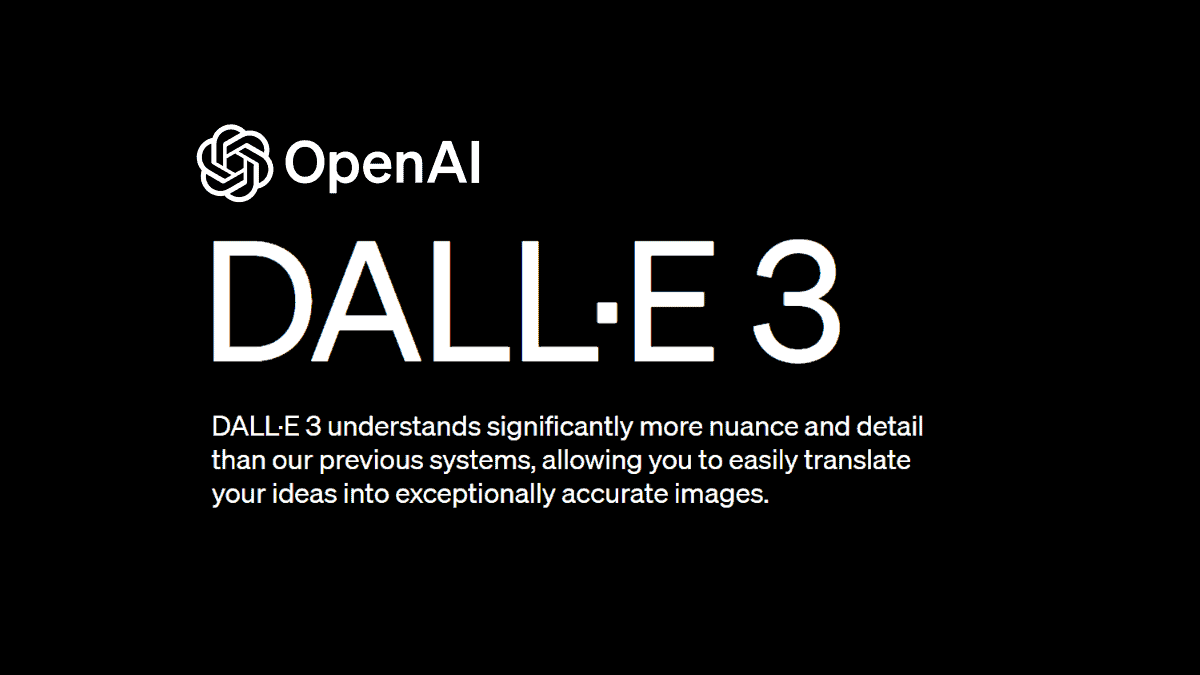
DALL·E 3 was developed by OpenAI, which was founded in 2015 and is headquartered in San Francisco, USA. It was founded by Elon Musk, Sam Altman, etc. DALL·E 3 was released in 2023 and integrated into ChatGPT, enhancing text understanding and image generation capabilities.
Features and main functions
- Strong text comprehension: Accurately parse complex descriptions.
- High Realism: Suitable for realistic scenes or concept art.
- Integrated ChatGPT: easy operation, no additional software required.
- Security filtering: Limit the generation of sensitive content.
cost
- Free quota: 2 images per day for ChatGPT free users.
- Subscription plan: ChatGPT Plus $20/month, unlimited generation (rate limited).
Basic tutorial: How to operate
- Visit chat.openai.com and log in to your OpenAI account.
- 输入 “Generate an image of a futuristic city at night, photorealistic style”。
- Wait for an image to be generated, and if necessary, add a description such as “Add neon lights”.
- Click on the image, right click and select “Save Image”.
Suitable for crowd analysis
- Best for: Beginners, content creators
- Simple operation is suitable for beginners and users who need quick materials.
- Second best for: Marketing staff
- Can generate advertising images.
- Not suitable for: Advanced artists
- The parameter control is limited and it is not suitable for users who pursue extreme customization.
Stable Diffusion
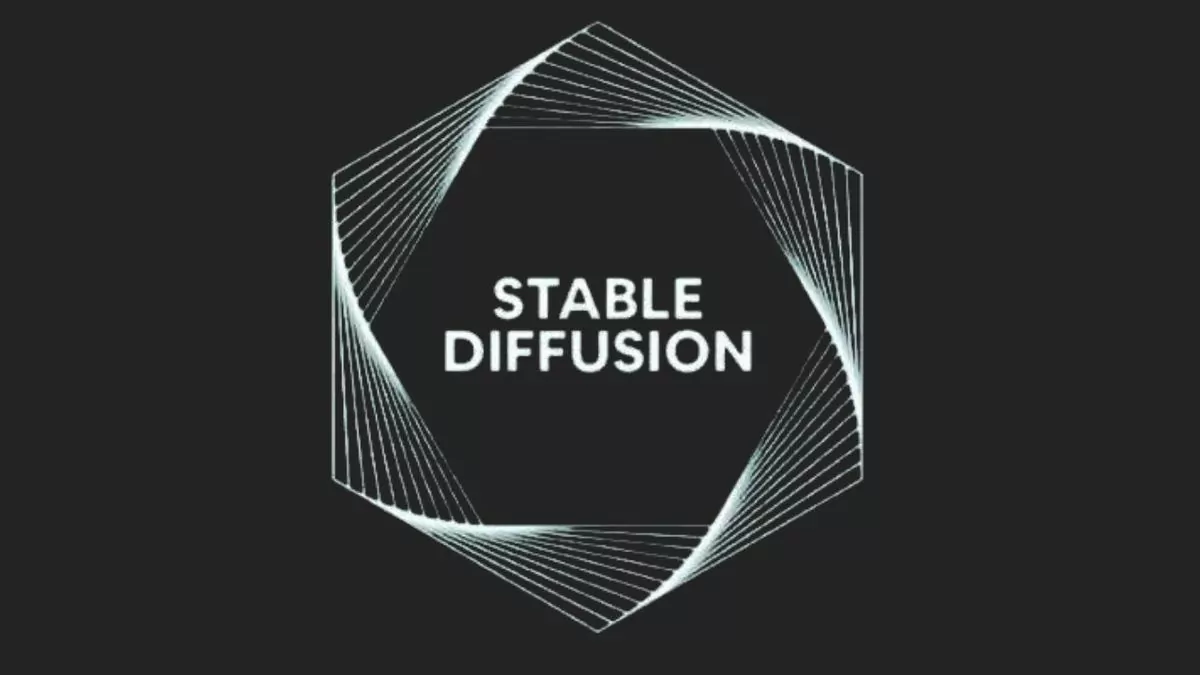
Stable Diffusion was developed by Stability AI, a company founded in 2019 and headquartered in London, UK, focusing on open source AI technology. The tool was released in 2022 and has been popular for its flexibility and community support.
Features and main functions
- Open source and flexible: users can modify the code.
- Hardware-friendly: supports running on consumer-grade GPUs.
- Diverse output: from realistic to abstract styles.
- Image editing: support inpainting and super resolution.
cost
- Local use: Free (need to bring your own hardware, Nvidia GPU 8GB+ recommended).
- Cloud services (such as DreamStudio): 25 free credits, then $10/1000 credits.
Basic tutorial: How to operate (taking AUTOMATIC1111 WebUI as an example)
- Download the WebUI from GitHub and install Python and Git.
- Run webui-user.bat and access http://localhost:7860 in your browser.
- Type “A cyberpunk cityscape, neon lights, 4k” in the “Prompt” field and click “Generate”.
- After generating, click “Save” to download.
Suitable for crowd analysis
- Best for: Technology enthusiasts, developers
- The open source feature is suitable for users who understand technology and need deep control.
- Best for: Creative professionals
- Patient learning can produce unique works.
- Not suitable for: Beginners
- The installation and configuration are complicated.
Adobe Firefly
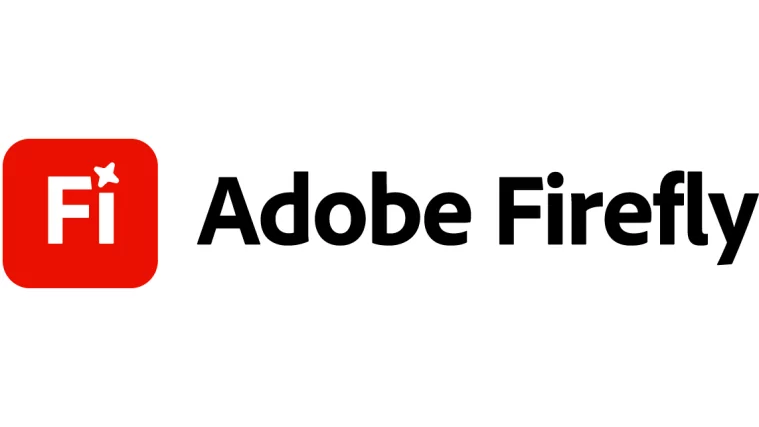
Adobe Firefly was developed by Adobe Inc., which was founded in 1982 and is headquartered in San Jose, California, USA. It is famous for its creative software. Firefly was launched in 2023, integrated into the Adobe ecosystem, and focuses on generative AI.
Features and main functions
- Seamless integration: compatible with Photoshop, Express.
- Generate Fills: Supports image expansion and repair.
- High-quality output: suitable for professional design.
- Content security: Training data is compliant to avoid copyright disputes.
cost
- Free quota: 25 points/month.
- Paid plans: $4.99/month (100 credits), or Creative Cloud subscription (starting at $20.99/month).
Basic tutorial: How to operate
- Visit firefly.adobe.com and log in to your Adobe account.
- In “Text to Image” enter “A vintage car on a desert road”.
- Select a style (such as “Photo”) and click “Generate”.
- Download or import into Photoshop for further editing.
Suitable for crowd analysis
- Best for: Designers, Adobe users
- Integrates with Adobe tools for professional workflows.
- Second best for: Marketing staff
- Commercial materials can be generated quickly.
- Not suitable for: Those with limited budget
- Subscription required for full functionality.
Canva AI (Magic Media)
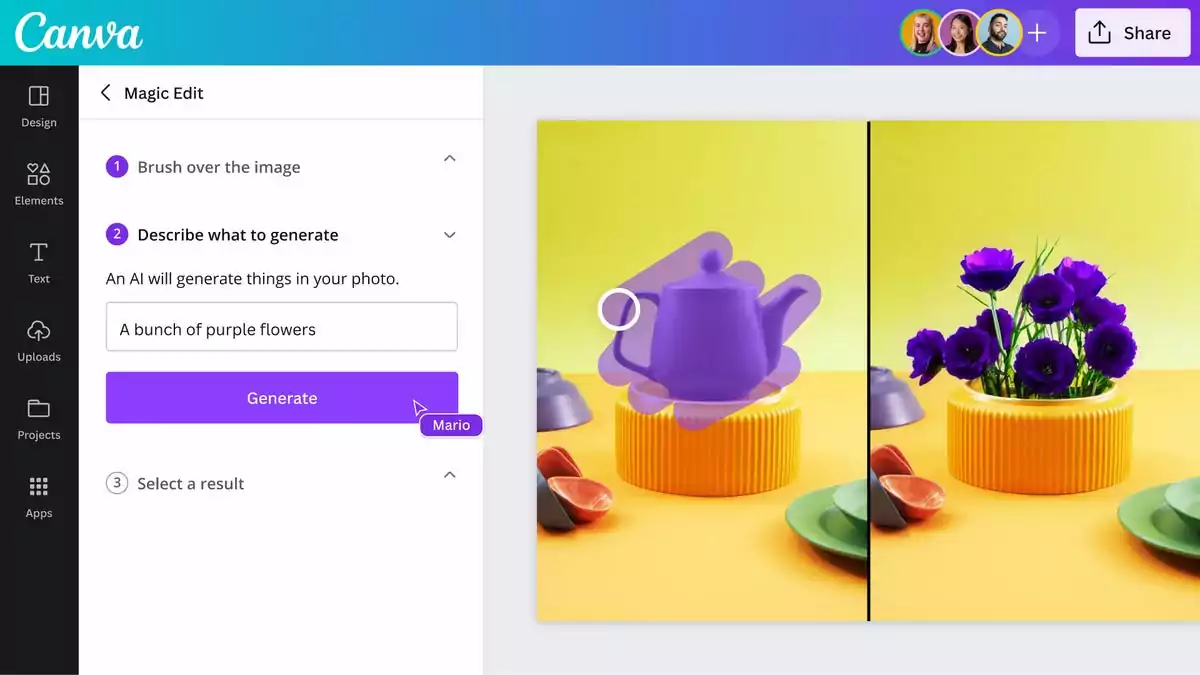
Canva AI was developed by Canva, a company founded in 2012 and headquartered in Sydney, Australia, known for its online design platform. Magic Media was launched in 2023 and is integrated into Canva’s design tools.
Features and main functions
- High ease of use: integrated into Canva, intuitive operation.
- Various templates: support image generation and direct design.
- Text to Image: Generate creative assets quickly.
- Team collaboration: suitable for multiple people editing.
cost
- Free version: limited number of builds.
- Pro: $11.99/month, unlimited builds + advanced features.
Basic tutorial: How to operate
- Go to canva.com and select “Create a Design”.
- Go to Apps > Magic Media and type “A tropical beach sunset”.
- Select Generate Image and drag it into the design canvas to edit.
- Click “Share” > “Download” to save.
Suitable for crowd analysis
- Best for: Small business owners, non-designers
- Simple operation is suitable for users with no design experience.
- Second best for: Marketing team
- Generate promotional materials quickly.
- Not suitable for: Advanced artists
- Customization options are limited.
Runway ML
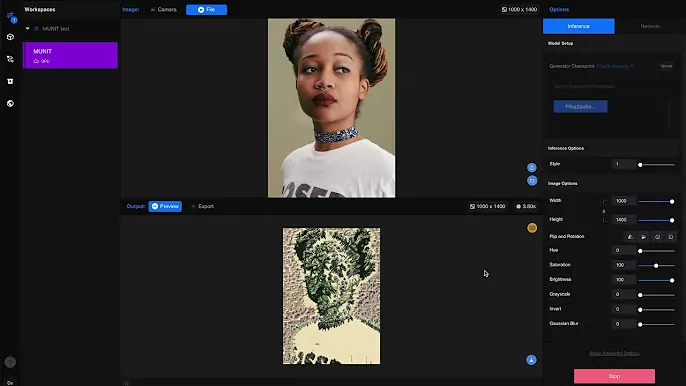
Runway ML was developed by Runway, a company founded in 2018 and headquartered in New York, USA, focusing on creative AI tools. The tools were originally aimed at artists and developers, and have now expanded to image and video generation.
Features and main functions
- Multimodal support: image, video, and text generation.
- Image editing: support generation, repair, and background removal.
- Real-time collaboration: multi-person operation in the cloud.
- Model training: Users can customize models.
cost
- Free version: Limited features, 3GB storage.
- Paid plan: $15/month (unlimited image generation, 10GB storage).
Basic tutorial: How to operate
- Visit runwayml.com , register and log in.
- Select Gen-2 > Text to Image and type “A steampunk airship in the sky”.
- Adjust parameters (such as style) and click “Generate”.
- Download the build results.
Suitable for crowd analysis
- Best for: Multimedia creators
- It takes into account both images and videos, and is suitable for dynamic projects.
- Suitable for: Technology enthusiasts
- Trainable models.
- Not suitable for: beginners with limited budget
- Premium features require payment.
Artbreeder
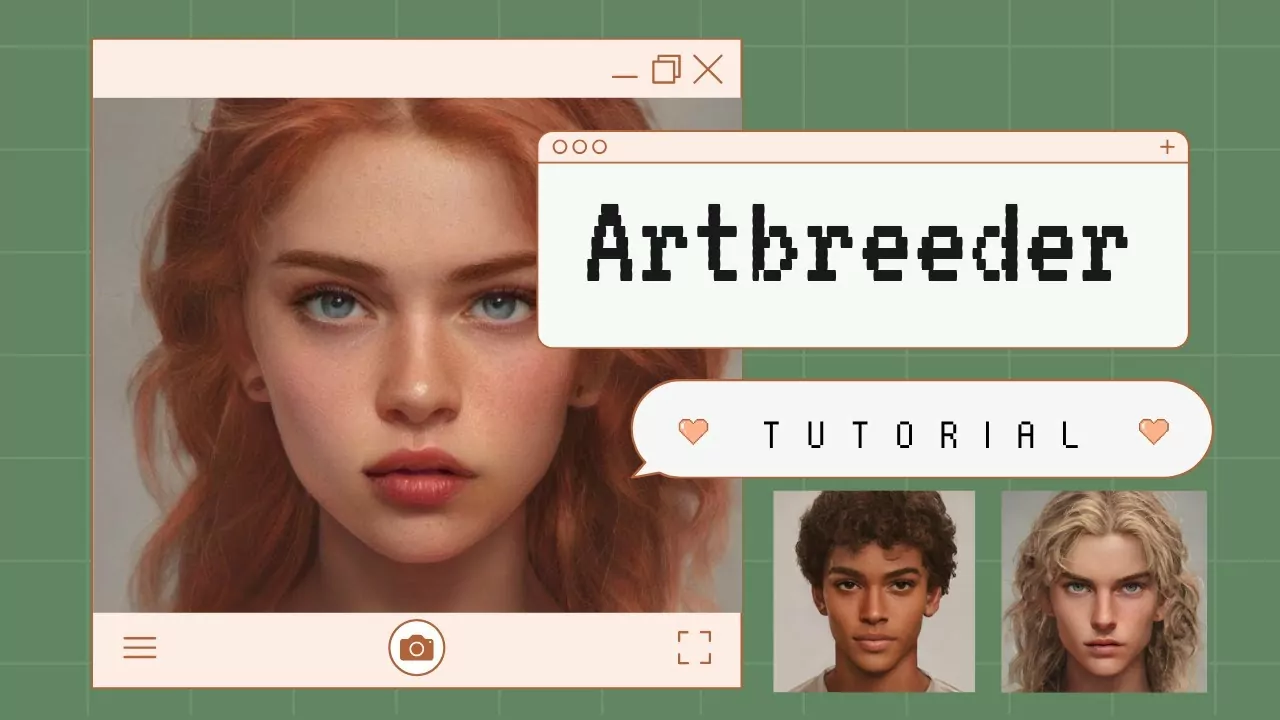
Artbreeder was founded by Joel Simon in 2018 and is headquartered in the United States. Based on GAN technology, it initially focused on face generation and later expanded to diverse images.
Features and main functions
- Image blending: merging multiple images to generate new works.
- Gene editing: Adjusting characteristics (e.g., color, shape).
- Community sharing: Users can share their works.
- Simple operation: Use directly through the browser.
cost
- Free version: 10 builds per month.
- Paid Plan: $5/month (100 builds).
Basic tutorial: How to operate
- Visit artbreeder.com and register for an account.
- Select “Compose” and upload an image or enter a description such as “A fantasy castle”.
- Adjust the sliders (such as Brightness) and click Generate.
- Click “Download” to save.
Suitable for crowd analysis
- Best for: Art lovers
- Image mixing is suitable for experimental creation.
- Suitable for: Beginners
- The operation is simple and easy to use.
- Not suitable for: Professional designers
- The functions are relatively basic.
Craiyon

Craiyon (formerly DALL·E Mini) was developed by Boris Dayma in 2021. It was originally an open source project and is now a standalone tool focused on simple image generation.
Features and main functions
- Free and easy to use: No registration required to generate.
- Diverse styles: support abstract, realistic, etc.
- Fast generation: 9 images per output.
- Background removal: basic editing function.
cost
- Free version: unlimited generation, with ads.
- Paid plan: $10/month (no ads, faster builds).
Basic tutorial: How to operate
- Go to craiyon.com and type in “A cute kitten in a garden.”
- Click “Draw” and wait for 9 images to be generated.
- Select one and click “Download”.
- Optional paid version to remove the watermark.
Suitable for crowd analysis
- Best for: Beginners, students
- Free and simple, suitable for first timers.
- Best for: Content creators
- Generates basic materials.
- Not suitable for: Professional users
- The image quality is low.
NightCafe
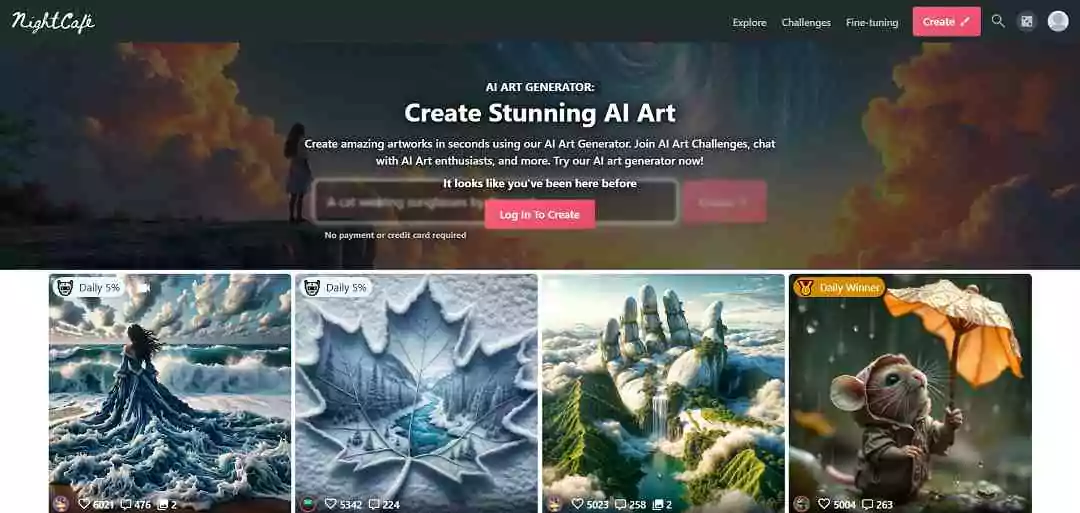
NightCafe was developed by NightCafe Studio, a company founded in 2019 and headquartered in Australia, providing image generation services based on multiple AI models.
Features and main functions
- Multiple model support: including Stable Diffusion, DALL·E 2, etc.
- Style Transfer: Convert photos into artistic styles.
- Community interaction: Users can publish their works.
- Batch generation: supports multiple outputs.
cost
- Free version: 5 credits/day.
- Paid Plan: $9.99/month (100 credits + extra features).
Basic tutorial: How to operate
- Visit nightcafe.studio and register for an account.
- Select Create and enter A starry night over mountains.
- Select a model (such as “Stable”) and click “Create”.
- Download the generated image.
Suitable for crowd analysis
- Best for: Art lovers
- Multiple style options are suitable for creative exploration.
- Second best for: Marketing staff
- Can generate a variety of materials.
- Not suitable for: Deep technical users
- Customization options are limited.
Lensa

Lensa was developed by Prisma Labs, a company founded in 2016 and headquartered in California, USA. It focuses on AI image editing and generation. Lensa was launched in 2022.
Features and main functions
- Avatar generation: Generate artistic avatars based on user photos.
- Diverse styles: Dozens of art styles are available.
- Photo Enhancement: Automatically optimize image quality.
- Mobile first: Focus on mobile applications.
cost
- Free trial: limited functionality.
- Paid plan: $4.99/50 avatars, $11.99/year subscription.
Basic tutorial: How to operate
- Download the Lensa app (iOS/Android) and register an account.
- Upload 10-20 selfies and select “Magic Avatars”.
- Select a style (such as “Anime”) and click “Generate”.
- Download the generated avatar.
Suitable for crowd analysis
- Best for: Personal users, social media enthusiasts
- Avatar generation is suitable for personalized needs.
- Best for: Small content creators
- Generate social media assets.
- Not suitable for: Professional designers
- The function is relatively simple.
Summary and Comparison
| tool | Features and advantages | Fee (starting from) | Difficulty of operation | Suitable for |
|---|---|---|---|---|
| Midjourney | Strong artistic quality | $10/month | medium | Artist, Designer |
| FROM 3 | Strong text comprehension | $20/month | Low | Newbies, content creators |
| Stable Diffusion | Open source and flexible | Free/$10 | high | Technology enthusiasts, developers |
| Adobe Firefly | Adobe integration | $4.99/month | medium | Designer, Adobe user |
| Canva AI | High ease of use | $11.99/month | Low | Small business owner, non-designer |
| Runway ML | Multimodal support | $15/month | medium | Multimedia creator |
| Artbreeder | Image Blending | $5/month | Low | Art Lovers |
| Crayons | Free and simple | $10/month | Low | Newbies, Students |
| NightCafe | Multiple model support | $9.99/month | Low | Art lover, marketer |
| Lens | Avatar generation | From $4.99 | Low | Individual users, social media enthusiasts |
Depending on your needs (e.g. artistry, ease of use, or technical depth), you can choose the right tool for you. Beginners can start with DALL·E 3 or Canva AI, while professionals can try Midjourney or Stable Diffusion.

